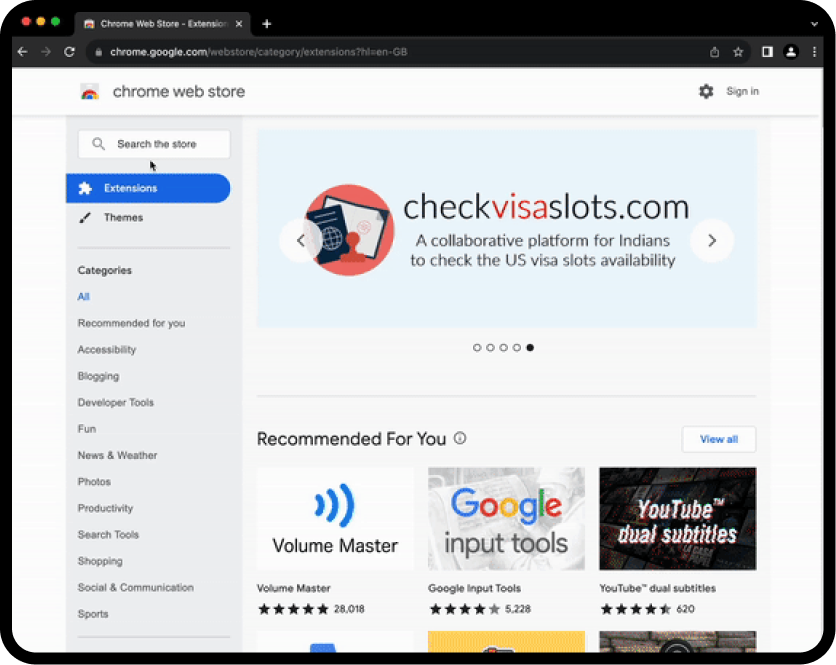KML Generator
Generates valid KML files from structured data for geospatial mapping, targeting developers, GIS analysts, and educators in research and field work.

Check It Yourself
About This Tool
This tool converts user-provided geospatial data into valid KML documents suitable for Google Earth, ArcGIS, and other mapping platforms. It accepts structured inputs such as placemark names, descriptions, coordinates in decimal degrees, and optional altitude. The generator enforces KML structure (Document, Folder, Placemark, Point) and can embed metadata within ExtendedData. By handling formatting, escaping, and coordinate normalization, it reduces the risk of invalid KML and speeds up map publishing for developers, researchers, educators, and field personnel.
Workflow and core capabilities: The tool maps input records to KML Placemark elements, formats coordinates as lon,lat[,alt], supports optional styles, and outputs a clean KML string or file. It validates coordinate ranges (-180 to 180 for longitude, -90 to 90 for latitude), ensures unique placemark identifiers, and can batch-process multiple placemarks. Optional features include Folder organization, Description and ExtendedData, and simple Style references. Outputs are machine-readable and compatible with common GIS workflows, suitable for automation and pipelines.
Audience and differentiation: Local government, researchers, educators, and developers benefit from fast, standards-compliant KML generation without manual scripting. Unique differentiators include strict adherence to KML 2.3, batch export, and predictable formatting from common input schemas to KML structures. The tool is designed for integration into data pipelines, with a focus on data integrity, repeatability, and ease of validation in map publishing projects.
How to Use
1. Provide inputs: supply placemark records with name, description, and coordinates (lon,lat[,alt]), plus optional fields.
2. Configure options: set coordinate format, enable folder organization and description, and choose output as KML string or file.
3. Run generation: execute the conversion to KML; the tool validates inputs and formats coordinates consistently.
4. Validate output: check for well-formed XML and valid coordinates; ensure required fields exist.
5. Export and use: download the KML file or copy the KML string into your data pipeline.

FAQs/Additional Resources
Find Quick Answers
What is KML?
Can I generate multiple placemarks at once?
Does it support extended data or styles?
User Reviews
See What Others Are Saying
Explore Related Tools
More Solutions for Your Needs
lmgtfy generator
Generates a shareable search URL for a predefined query to guide others to perform a specific search quickly.
LLR Generator
A calculator for statisticians and researchers to generate LLR values that compare two binary models using observed counts.
Your Feedback Matters
Help Us to Improve

 Norwegian
Norwegian
 Danish
Danish
 German
German
 English
English
 Spanish
Spanish
 French
French
 Italian
Italian
 Dutch
Dutch
 Portuguese
Portuguese
 Swedish
Swedish
 Hebrew
Hebrew
 Arabic
Arabic









